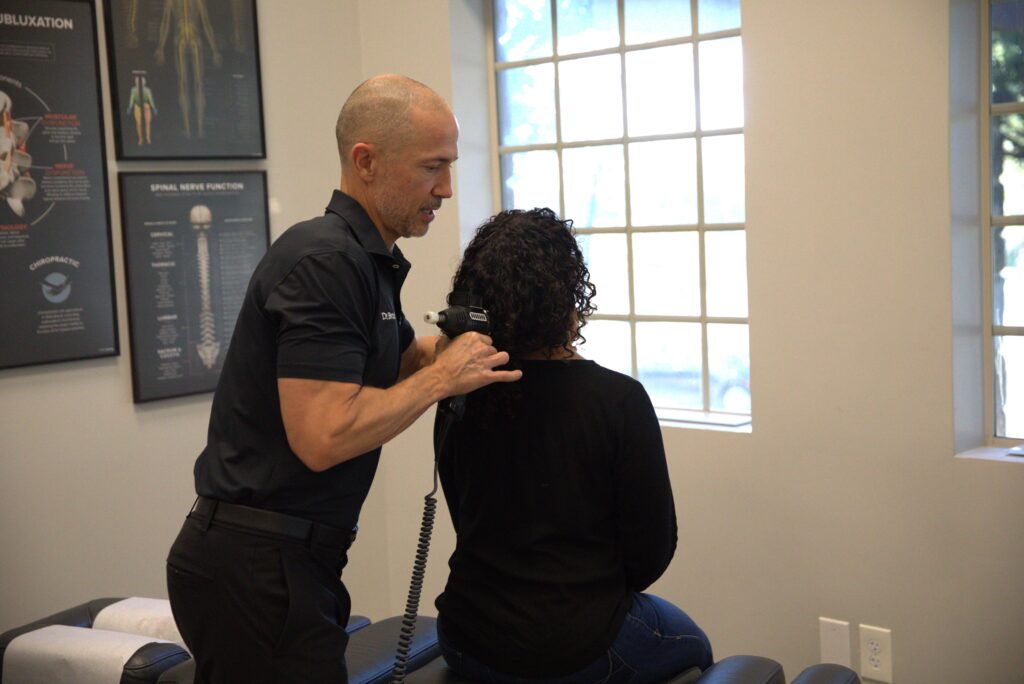Mindfulness and Meditation
Throughout the past year, the idea of “mindfulness” has entered the mainstream – and not just within the yoga community. From my first glance at the word, I assumed it referred to using the power of your mind, or being more thoughtful of your choices. However, through researching and receiving some expert advice from our own Dr. Bradley Holden, I was able to find out more about the power of “training your brain.”
Mindfulness refers to the practice of non-judgmental, present moment awareness. When applying mindfulness to your daily life, you are fully present with the intention of experiencing and focusing on the moment. The most common ways to practice mindfulness, or “brain training” are through breathing exercises and meditation. Taking these moments for deep reflection allows one to direct their attention and behavior to make deliberate choices and resist distractions.
I talked more with Dr. Holden in order to get better insight on what “mindfulness” means and how meditation can be used to improve productivity and direction in your daily life. Here is some of our interview:
Do you think that mindfulness is just the latest trend in mental health?
Mindfulness has always been a practice. I do believe that recently more research has been published concerning its benefits, which is why it seems like a new topic.
What does mindfulness mean to you?
For me, mindfulness refers to one’s ability to focus their attention where and when we want which ends up translating into various aspects of our lives.
I attribute mindfulness as it is perceived today back to the research from Herbert Benson, who was the first physician to coordinate stress with high blood pressure. This developed into “medical mindfulness” which is the practice of redirecting your thoughts without judgement, and having a constant focal point to redirect to when your mind is distracted. This is the best way to cultivate attention and focus.
Why is it important to practice mindfulness?
To me, it is as simple as answering why you should exercise three to four times a week. Similar to physical training, mindfulness is mental or “brain training” which increases our neuro connections to help us with focus and concentration.
How can I start practicing mindfulness?
The two most common practices are through breathing exercises and meditation. Breathing exercises offer a calming effect for your mind and body, and allow you to focus on that one task. I like to think of meditation as brain training. For me, this helps me track the progress I have made in strengthening my brain. In the words of Viktor Frankl, “Forces beyond your control can take away everything you possess except one thing, your freedom to choose how you will respond to the situation.” Being mindful, and focusing on the present helps you respond in a clear, direct manner.
If you have questions or would like to schedule an appointment with Austin chiropractors, contact Healthfirst Spine & Wellness at 512-488-4558.





